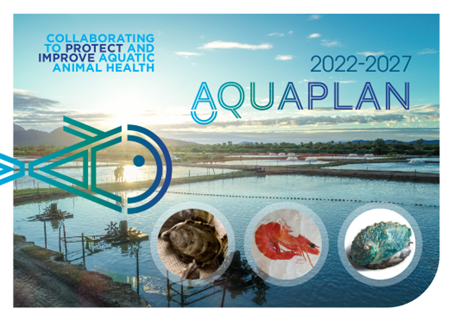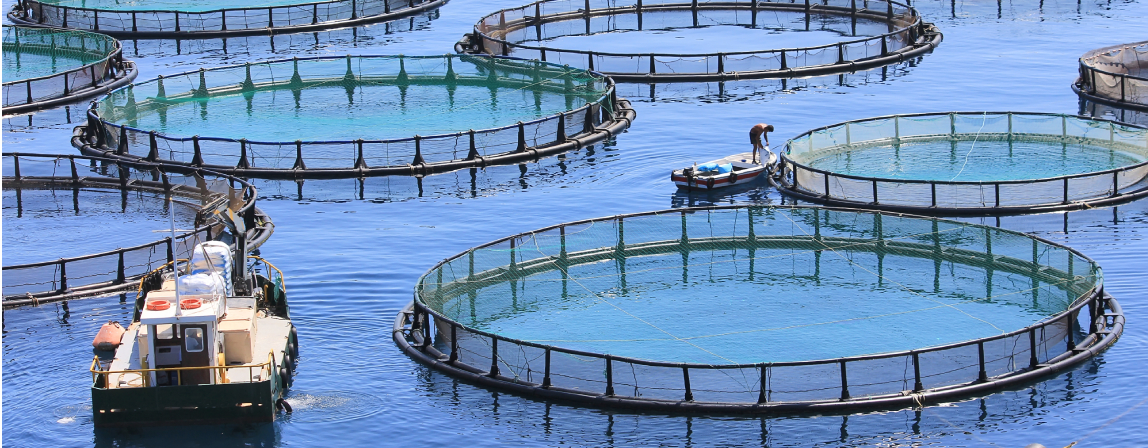Around the world Posted on 2023-12-12 11:50:23
Success stories/lessons learnt
Shared responsibility for managing aquatic animal health in Australia
Keywords
Authors
K. Scutt (1)*, O. Liu(1) , I. Ernst (1), Australian Department of Agriculture, Fisheries and Forestry (DAFF)
*Corresponding author: K.Scutt
The designations and denominations employed and the presentation of the material in this article do not imply the expression of any opinion whatsoever on the part of WOAH concerning the legal status of any country, territory, city or area or of its authorities, or concerning the delimitation of its frontiers and boundaries.
The views expressed in this article are solely the responsibility of the author(s). The mention of specific companies or products of manufacturers, whether or not these have been patented, does not imply that these have been endorsed or recommended by WOAH in preference to others of a similar nature that are not mentioned.
Over the past 20 years, Australia’s aquatic animal industries and government sectors have worked together to identify priorities for investing in the national aquatic animal health management system through a series of national strategic plans, AQUAPLAN. These plans have shaped much of Australia’s national system for managing aquatic animal health to support industry productivity and protect aquatic environments.
AQUAPLAN as a public–private partnership
Partnership between the aquatic industry (the private sector) and the federal, state and territory governments (the public sector) has underpinned the success of AQUAPLAN. The fourth and most recent AQUAPLAN (2022–2027) includes objectives and actions to invest in all major areas of the national aquatic animal health management system: border biosecurity, enterprise biosecurity, surveillance, laboratory diagnosis, preparedness, veterinary medicines, and research and development.
AQUAPLAN 2022–2027’s objectives drew on industry priorities and trends influencing aquatic animal health over the coming five to ten years. AQUAPLAN’s activities are designed to provide lasting benefits and achieve the highest-priority outcomes shared by both the industry and government.
Evaluation of AQUAPLAN and its activities is essential during its implementation, to gauge the extent to which the desired outcomes are achieved and identify ways to continuously improve. Evaluation should demonstrate clear returns on the public–private partnership investment and show that outcomes have reached the desired end users.
Activity spotlight: sector-specific simulation exercises (Activity 5.3)
Industry and government are working together to deliver a programme of emergency response exercises that examine the technical aspects of a response for specific aquaculture sectors. These exercises will focus on areas such as disease investigation, on-farm emergency planning, establishing a response objective, and developing a response plan to achieve this objective. Gaps in emergency preparedness will be identified and an action plan developed to address them. This activity will build a shared understanding about how emergency responses occur and strengthen working relationships among industry and government staff to underpin collaboration on future preparedness and response activities.

https://doi.org/10.20506/bull.2023.2.3424












